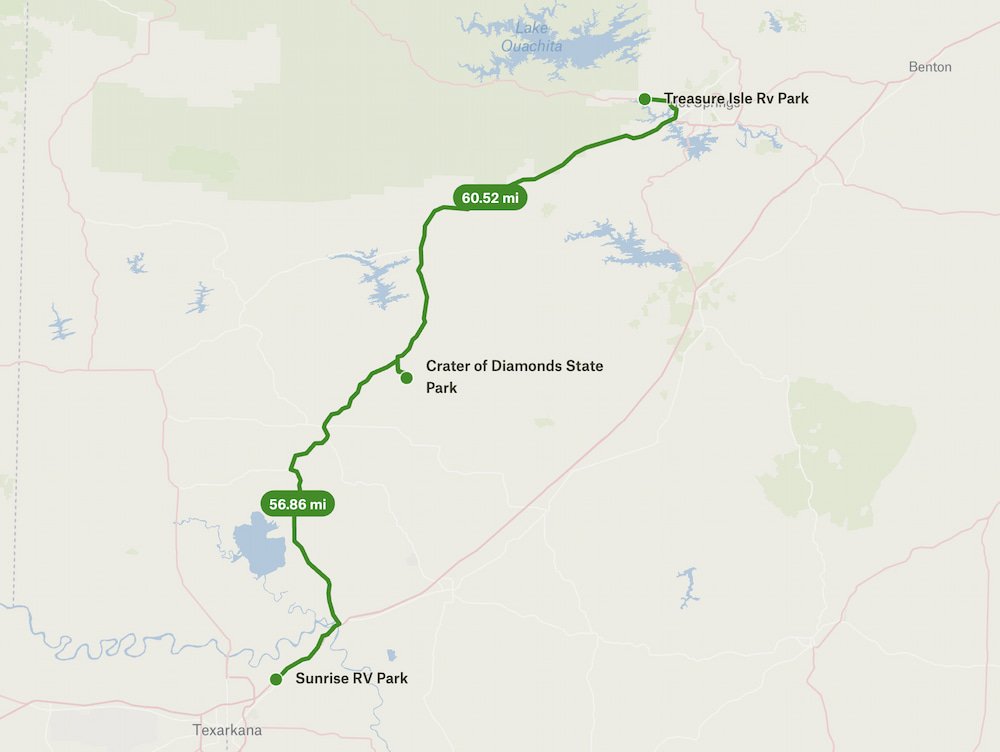Michael had already driven for about 5 hours from Baton Rouge to Texarkana yesterday, and we still had another hour to go before we arrived at Crater of Diamonds State Park, where we'd be spending most of the day. Crater of Diamonds State Park is the 8th largest diamond reserve in the world, and the only public diamond mine in the world, where anyone can come and search for diamonds and keep what they find!
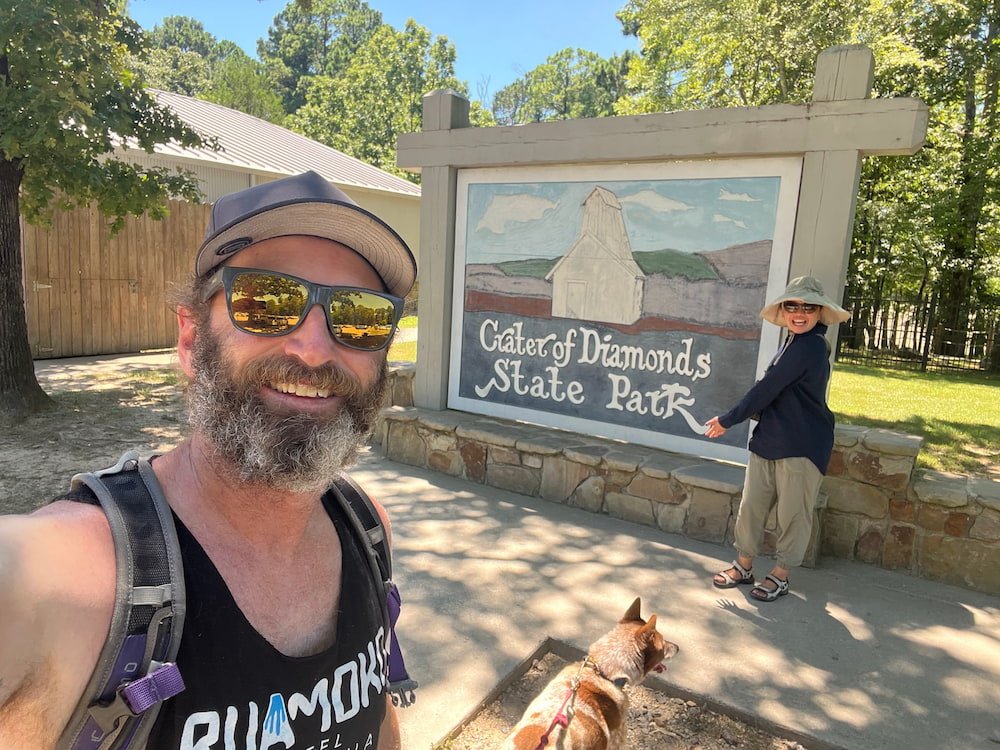
The park spans 37.5 acres atop an ancient volcanic crater. Diamonds were first discovered here in 1906, and since it opened as a state park in 1972, more than 35,000 diamonds have been found, including the 40.23-carat "Uncle Sam" diamond. Apparently 1-2 diamonds are found here everyday, and a few weeks before we came, a couple found a 3.36-carat white diamond that was easily valued at $9,000 to 10,000. How cool would it be if we also unearthed a diamond?
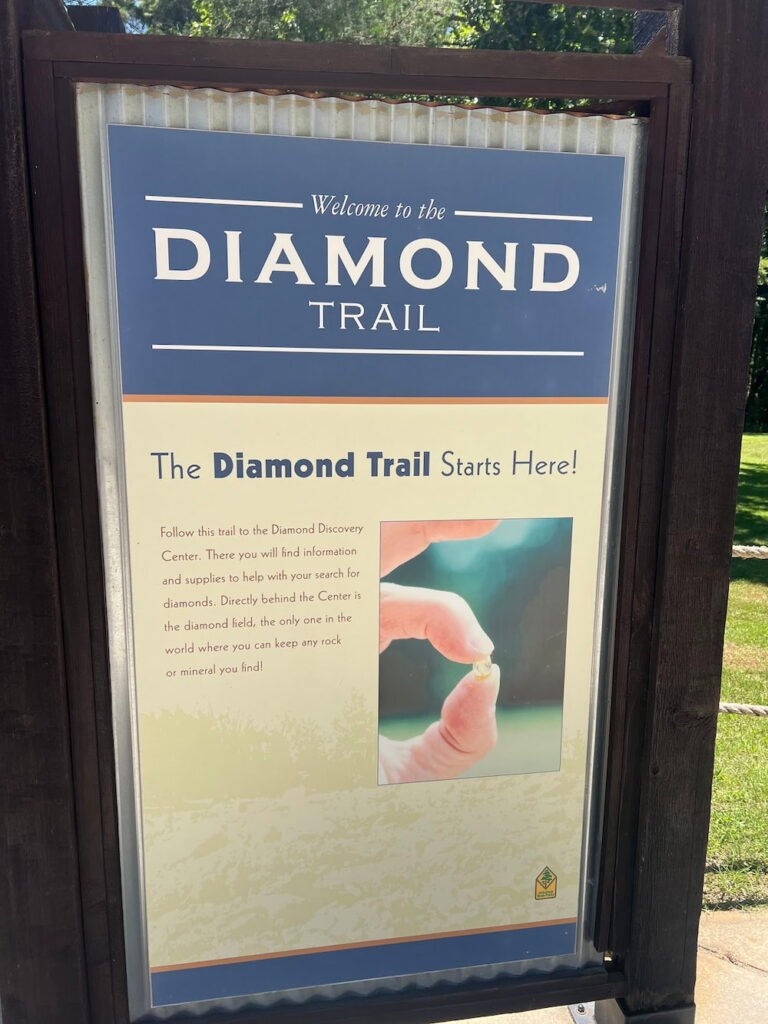
Ahead of hopping out of the RV, Michael had a couple of work calls in the middle of the day, so we had to sit inside the RV for a couple of hours, sans adequate air-conditioning. We were under a tree which perhaps made it unnoticeably cooler, but it also meant that Internet connectivity was poor. What's more, while we were excited to head over to this state park, we'd inadvertently chosen one of the hottest days to go. There was a sign on the door of the Visitor Center warning us that temperatures could reach 110 degrees Fahrenheit (43.33 degrees Celsius!) so we definitely would need to stay hydrated and cool!
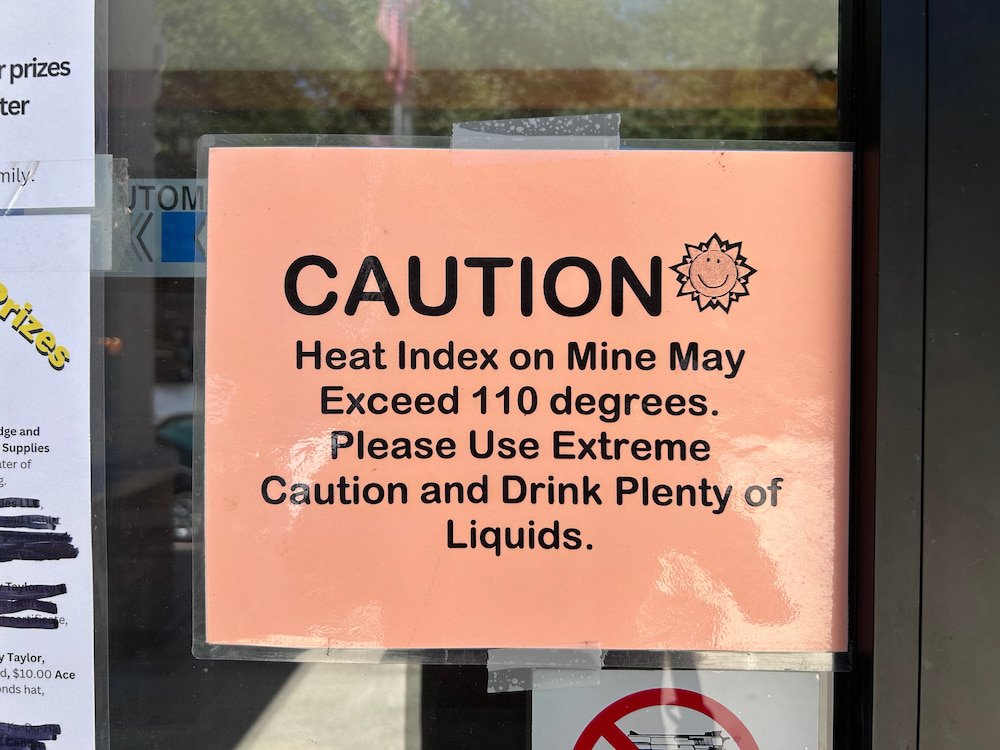
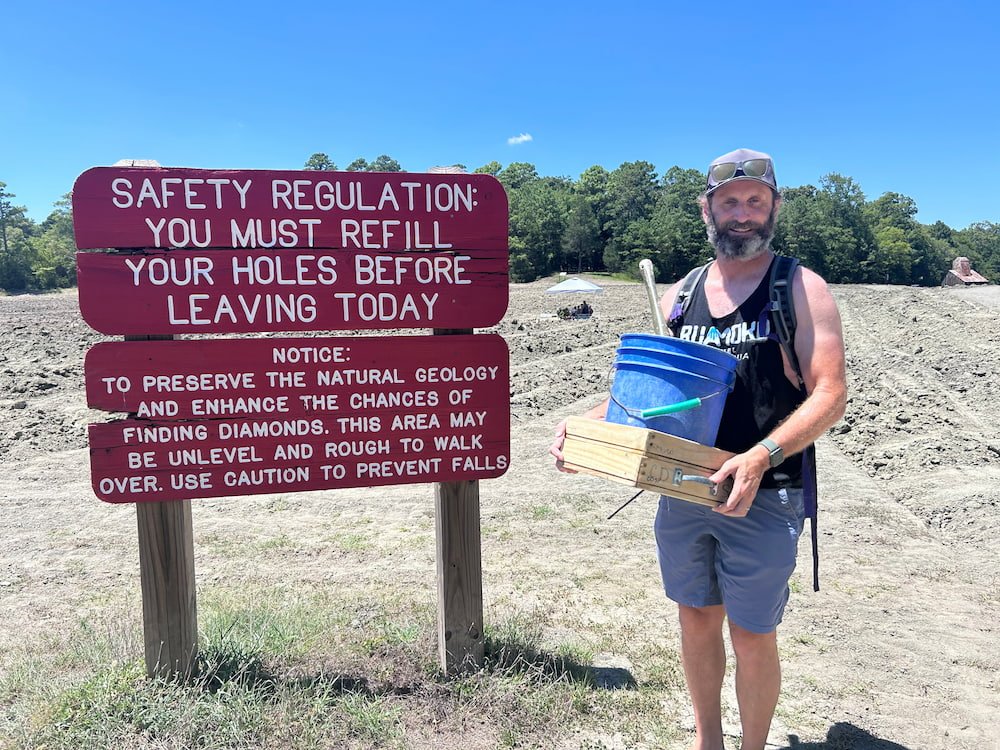
The park costs $15 entry, and it costs extra to rent some of the mining equipment--prices vary depending on what you need, which can include wagons, and other tools. We opted to share a basic kit, which included a bucket, shovel, and screen set that's primarily used for wet sifting. It's also possible to bring your own equipment, as long as it's not motorized. There were some people who clearly had planned for the day, either bringing or renting wagons to transport and sift through more dirt, or had set up shade so that they could stay cool underneath the hot sun.
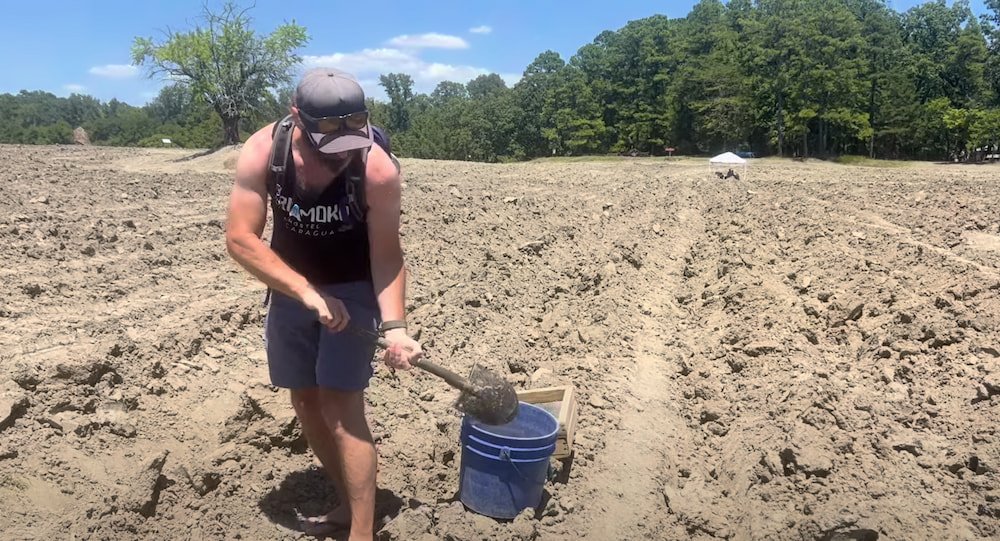
Because it was so hot, we anticipated that we'd only have a go at sifting through a bucket of dirt, which Michael picked from one of the many rows. We then dragged it over to the wet sifting area, where there were a bunch of other folks busy sifting through the mud and rocks to see if they'd have their eureka moment (or whatever the equivalent is for finding diamonds)! There's 3 types of sifting: surface sifting (just walking along the recently plowed ground to see if there's any metallic glimmers on the surface), dry sifting (sifting dry soil through mesh screens to expose heavier gems), and wet sifting (washing the gravel using water troughs, which can be a lot of work but particularly ideal during hot days).
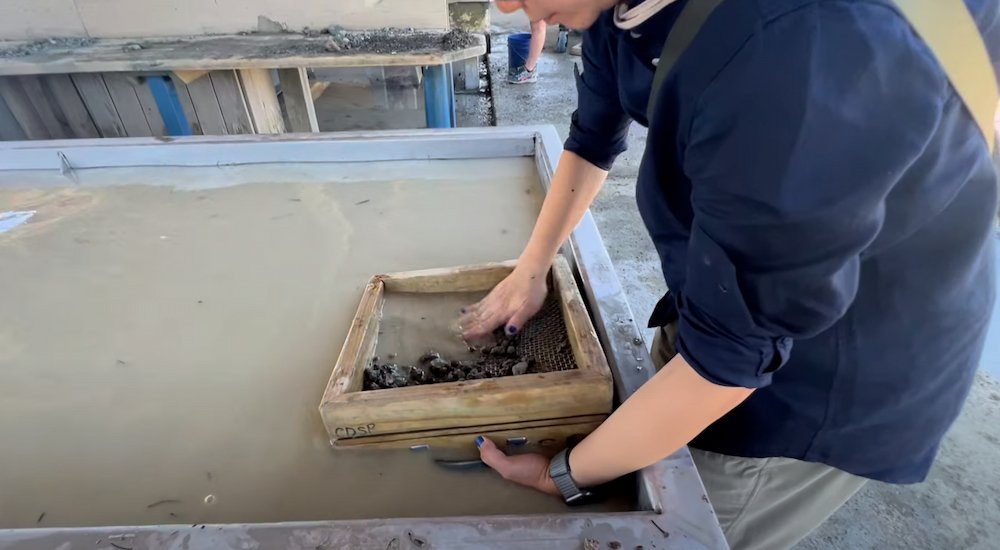
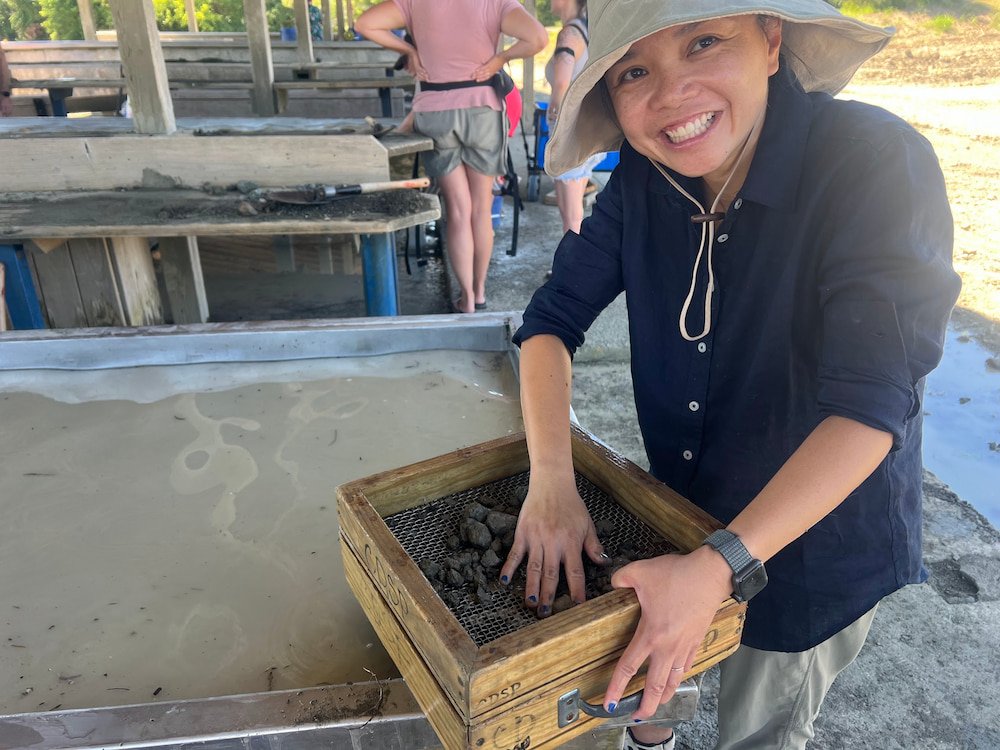
Even though we only had a bucket's worth of dirt, it still took a decent amount of time between the two of us to sift through it all! We'd be able to sift the mud away, but we'd be left with chunks of rock and plenty of silt and little rocks to pore through. Diamonds here are commonly white, yellow or brown, but there's also about 40 other minerals including amethyst, jasper, garnet, agate and quartz.
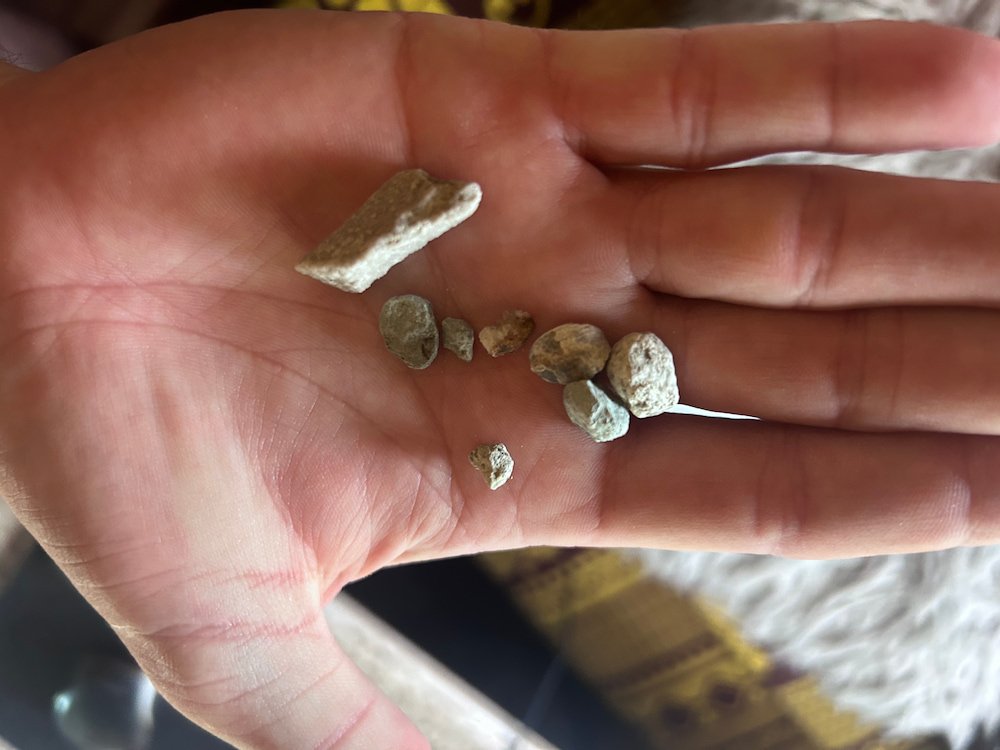
We found a few tiny colored minerals, and doubted that they'd be anything valuable, but went to the free identification and diamond certification area anyway to get it checked out when we returned our rented equipment. Unsurprisingly, we'd found flecks of sandstone, and other lava rocks. Oh well! It was a fun and definitely unique experience.
More than Diamonds
Besides mining for diamonds, the State Park also has several walking trails (which we doubt anyone was up for doing on a scorching hot day like today), as well as the Diamond Springs Water Park, where we saw families and kids happily splashing around. There's also a few campsites with full hookups.
Outside of Crater of Diamonds State Park, there are a few other areas where digging is permitted, including the Ka-Do-Ha Indian Village, an ancient archeological site with the only open mounds in the U.S., where visitors can search for crystals and arrowheads and also keep what they find! We'd maxed out on our mining quota for the day, so we skipped this, but it's also got a lot of historic and prehistoric Indian crafts and fossils here.
Arriving in Hot Springs
We drove north for over an hour, arriving in the city of Hot Springs in Arkansas, and staying at Treasure Isle RV Park. We were looking forward to going to the pool (the usual routine for this part of the trip)! But the park would be great for families: it's perched on Lake Hamilton, so there are boats and kayaks for rent, and guests can also go fishing on the lake. We were happy though to go swimming in the pool, which also had a little fountain continuously pumping fresh water into it to keep it cool, and planned to go again in the morning. Tomorrow we'll be exploring Hot Springs, and hoping that despite the name, it won't be too hot!
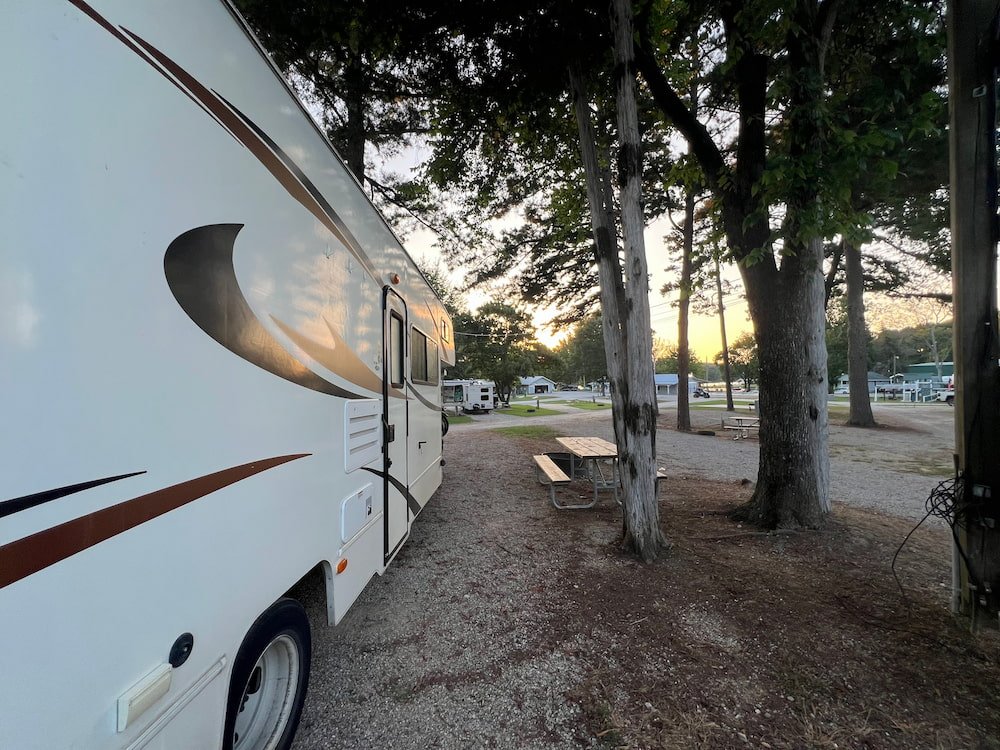
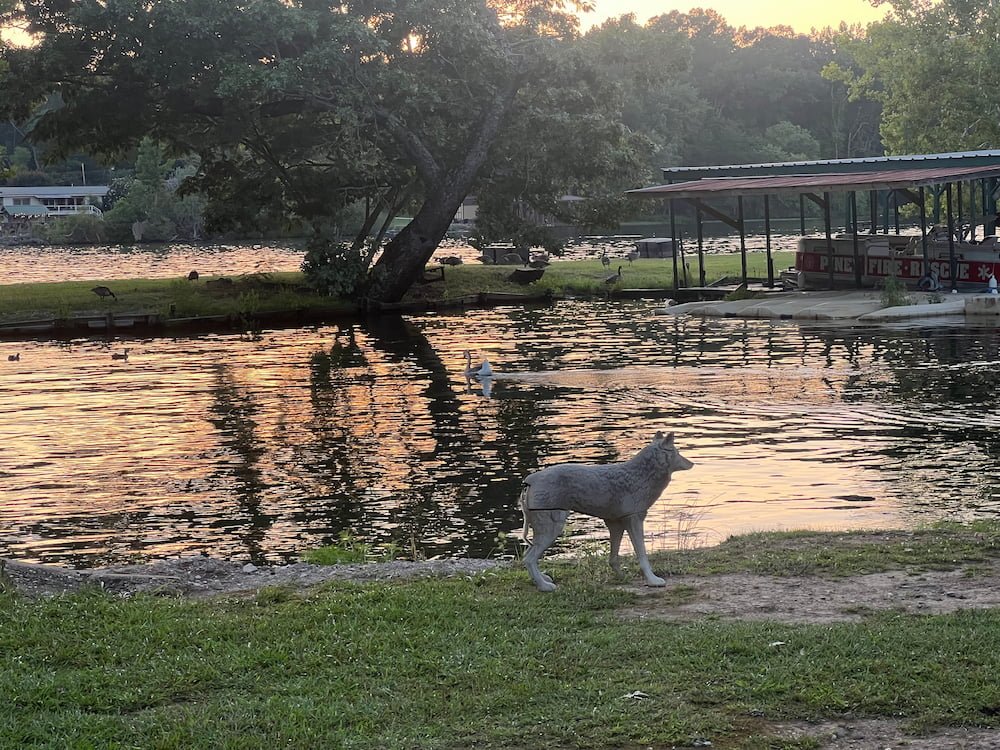
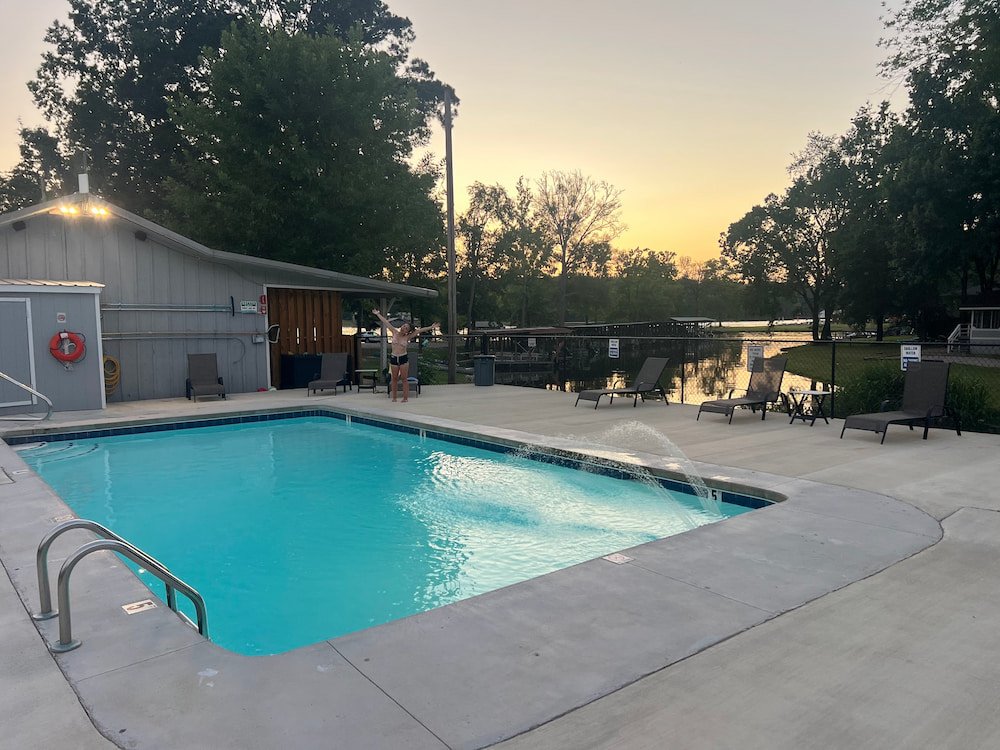
Route Map
